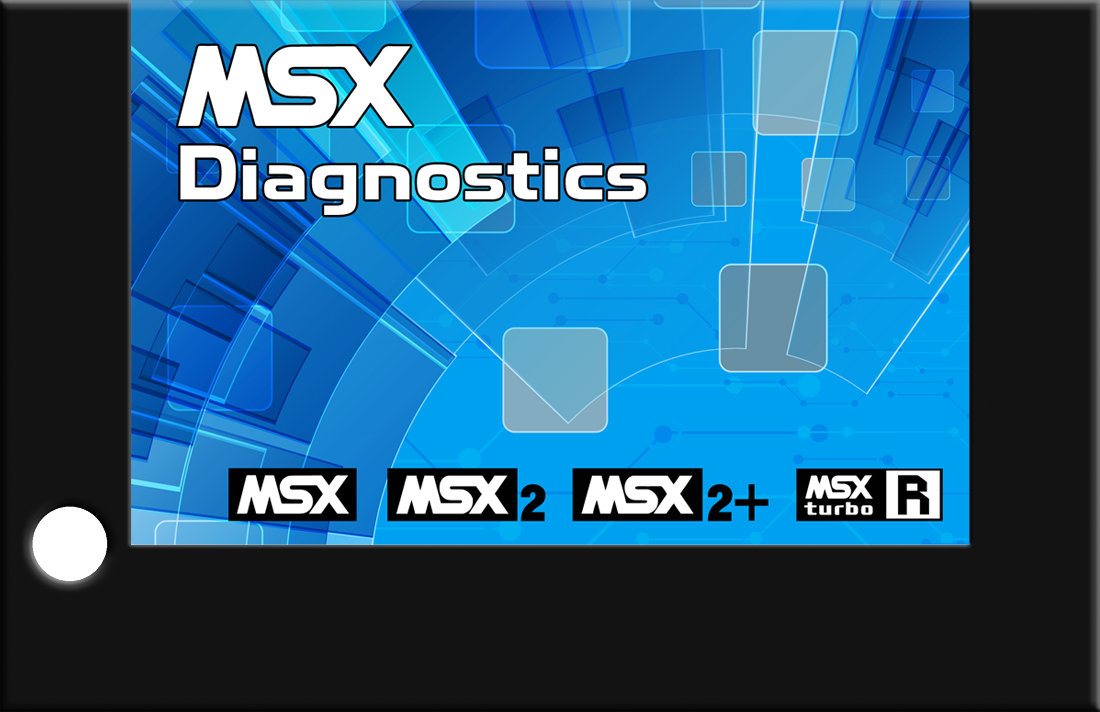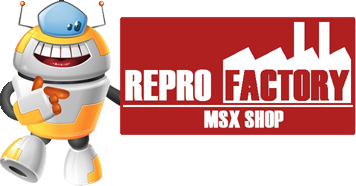SCREEN 0
Verifies the VDP's operation in mode 0, displaying all available characters. Allows changing text and background colors.

Programmed entirely in Z80 assembly language, this is the first "serious" project I have completed using this language.
The objective of this project is to help people who, like me, are dedicated to the repair and restoration of classic computers and video game consoles. In many cases, it is difficult or cumbersome to verify the functionality of certain hardware parts, such as joysticks, sound, or all the keyboard keys.

Purchase your physical copy here.
(cartridge, tape, and disk editions not included)
Verifies the VDP's operation in mode 0, displaying all available characters. Allows changing text and background colors.
Same as the SCREEN 0 test, but using mode 1. This test also allows changing the border color.
Uses VDP mode 2 to display tile-based images, useful for adjusting monitor geometry and color.
Uses mode 3 to show various patterns in different colors. The border color can also be changed.
Displays the maximum number of sprites allowed in MSX1 (16×16) and allows controlling their movement.
Shows basic colors and the full MSX1 palette to verify color purity and adjust the video output.
Allows testing all basic keys. It changes the background color and emits sounds to facilitate diagnosis.
Verifies the operation of both joystick ports, displaying the presses of the 4 directions and 2 buttons.
Verifies the Programmable Sound Generator, allowing adjustment of tone, volume, and noise on its 3 channels.
Tests the VDP's compatibility with the undocumented mixed mode (text + graphics) by Texas Instruments.
Displays a technical summary of the system: MSX model, RAM, VRAM, VDP, refresh rate, RTC, etc.
Shows a summary of the detected RAM and its distribution across the system's slots, subslots, and mappers.
The program is distributed in ROM, DISK, CAS, and WAVE audio file formats at 1200 and 2400 baud, as well as 32k and 64k binaries ready to be written to a PROM, EPROM, etc.
You can download the program's binaries, as well as its source code, from the GitHub repository.
View on GitHub